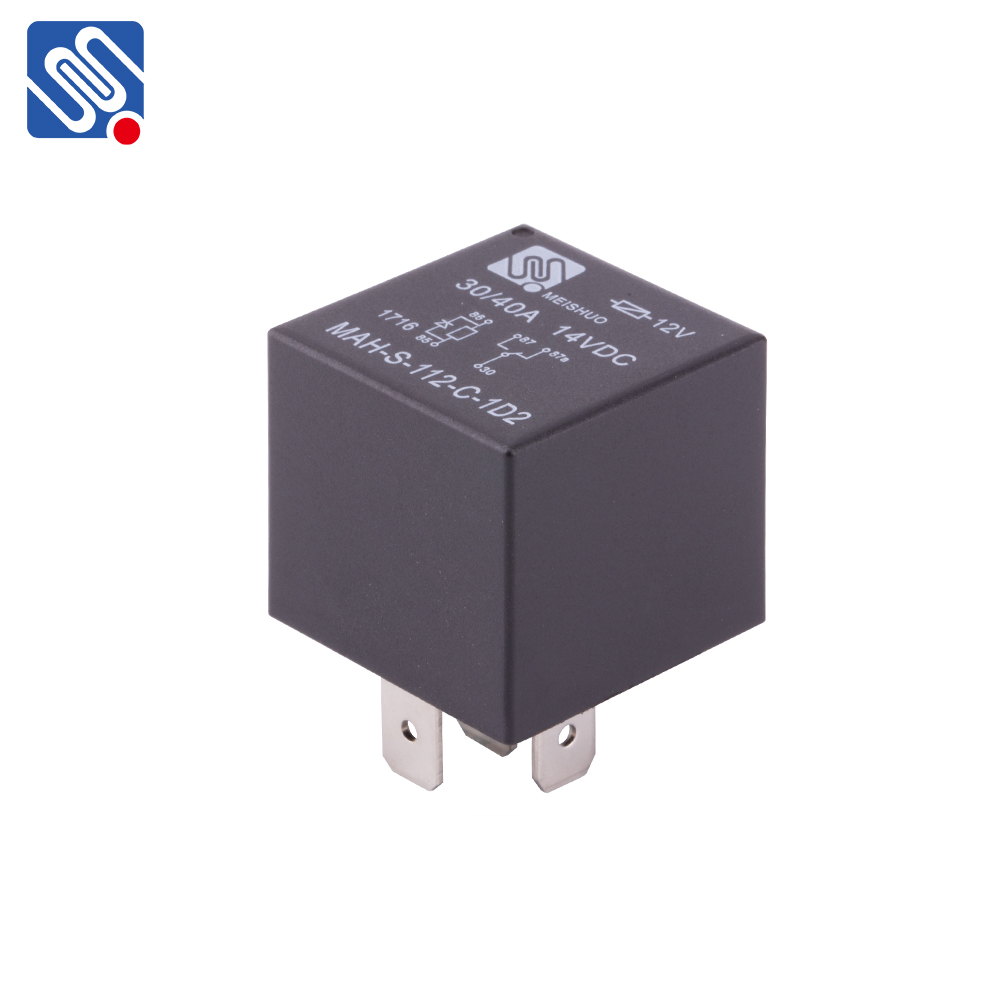Relays are essential components in many electrical and electronic systems, used for controlling circuits by opening and closing contacts in response to electrical signals. Understanding relay characteristics is crucial for selecting the right relay for various applications, ensuring the reliability, efficiency, and longevity of electrical systems. This article will explore the key relay characteristics and their significance in practical applications.

1. Operate Time Operate time, also known as pull-in time, is the duration required for a relay to respond to an input signal and activate the contacts. When the coil of the relay is energized, the electromagnetic field generated attracts the armature, causing the relay contacts to switch positions. The operate time is a critical factor in systems requiring fast responses, such as in automated control systems, protection circuits, or telecommunication systems. Shorter operate times are generally preferred for high-speed operations to minimize delays. 2. Release Time Release time refers to the amount of time it takes for the relay’s contacts to return to their normal position after the input signal is removed. This characteristic is important because it determines how quickly the system can react once the relay is no longer energized. In applications like fault protection or reset circuits, a short release time is crucial for prompt deactivation, preventing damage or ensuring system stability.